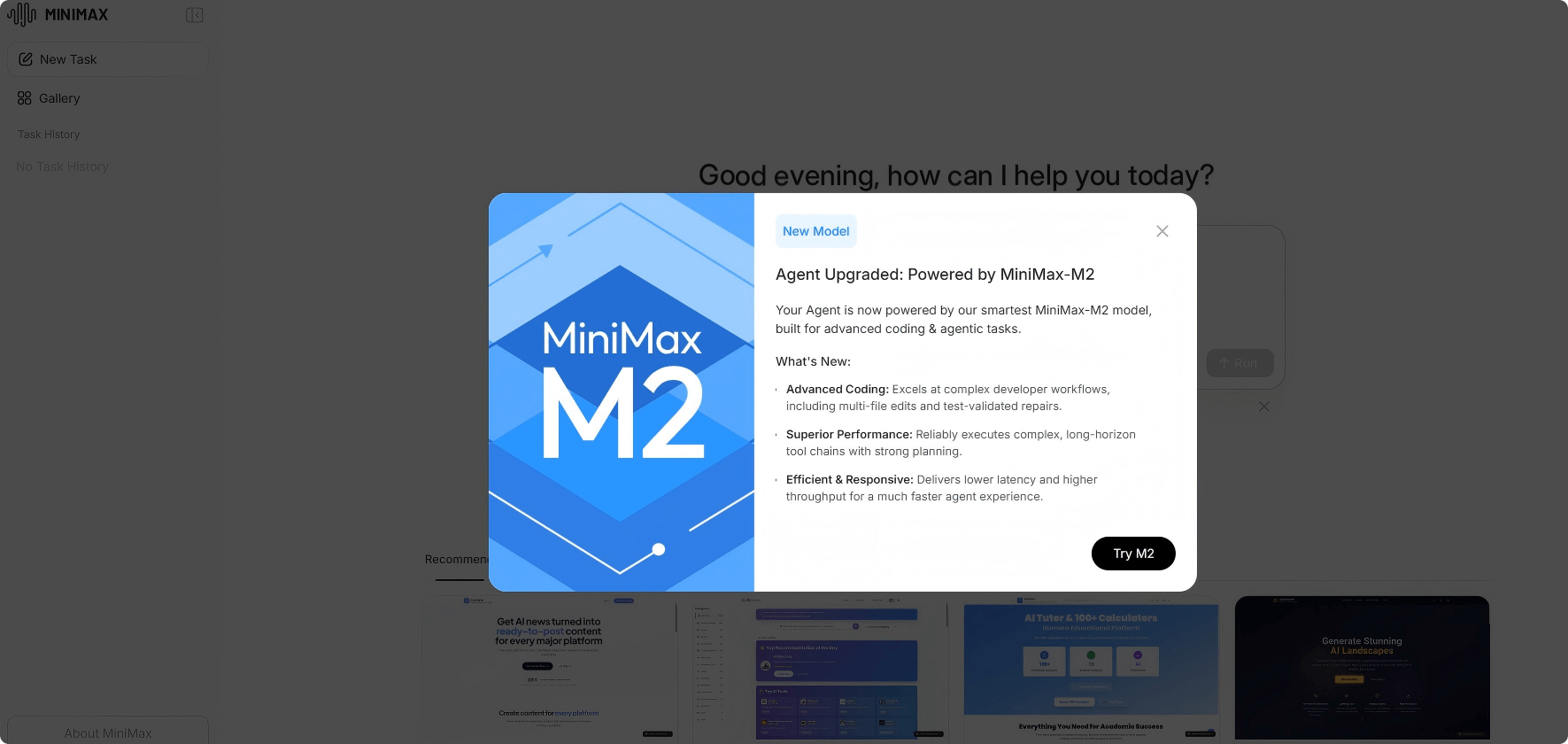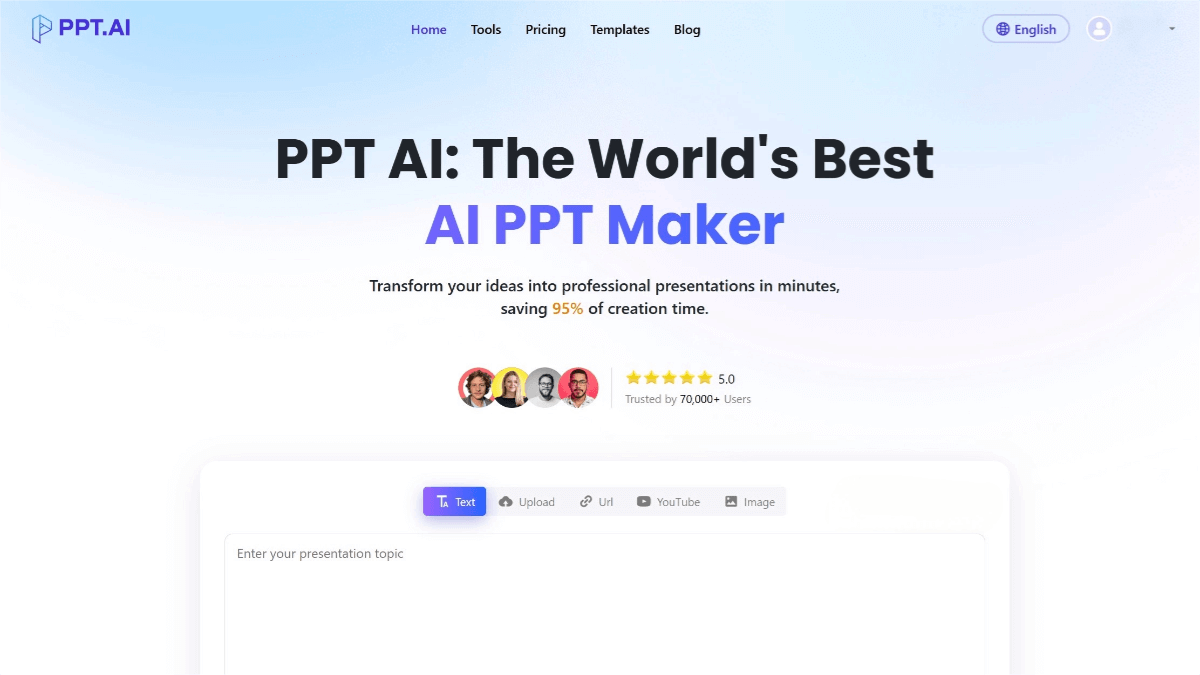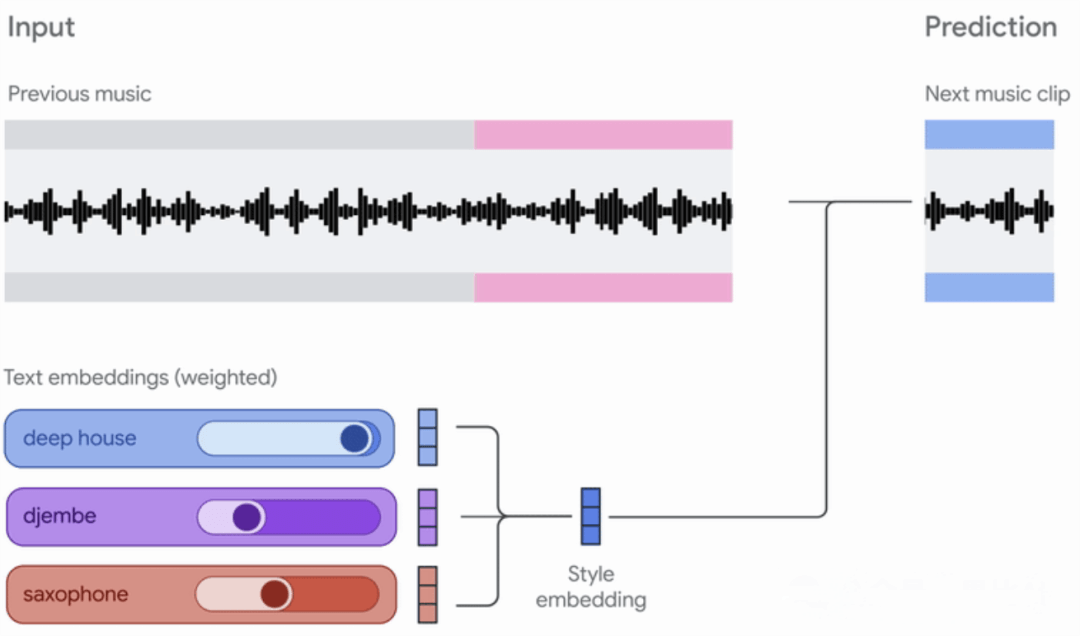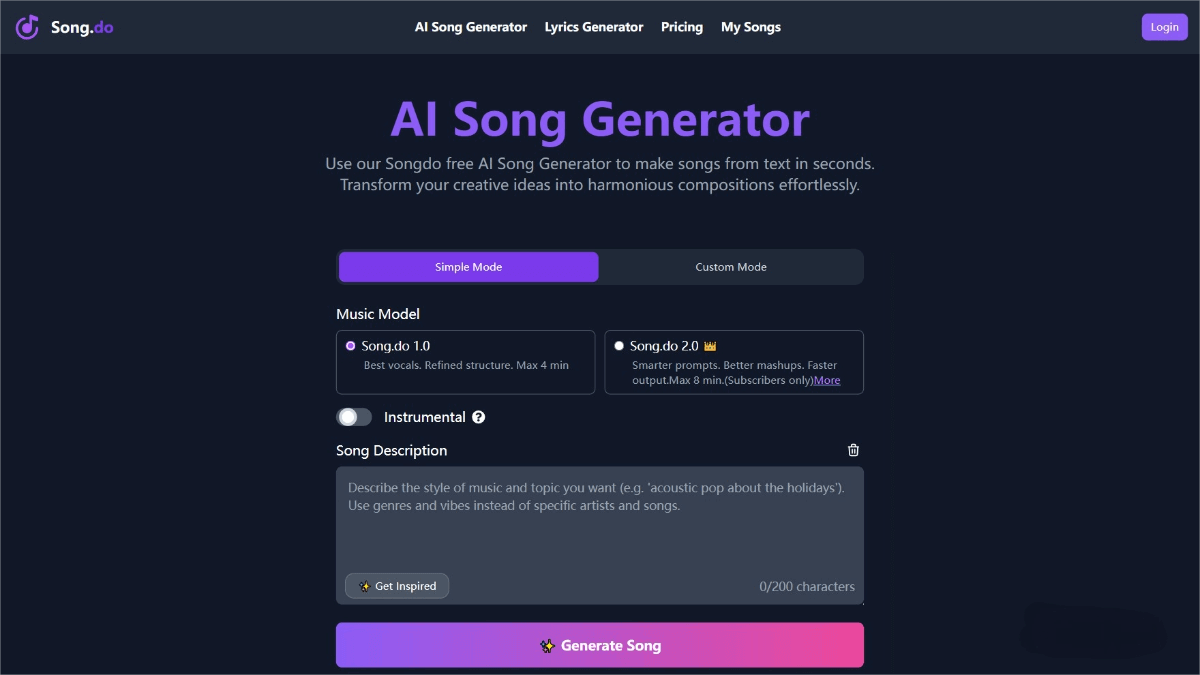MiniMax M2 – Agent programming and optimization model launched by MiniMax
What is MiniMax M2?
MiniMax M2 is a large language model launched by MiniMax, specifically designed for programming and Agent workflow optimization. The model has 10 billion active parameters and 230 billion total parameters, supporting a context window of 204,800 and a maximum output of 131,072 tokens. It demonstrates near cutting-edge intelligence in general reasoning, tool use, and multi-step task execution, while maintaining low latency and deployment efficiency. According to benchmark tests by Artificial Analysis, M2 ranks among the top open-source models in comprehensive intelligence areas such as mathematics, science, and instruction-following. MiniMax M2 offers powerful programming assistance, helping developers quickly generate code, perform multi-file edits, execute compile-run-fix cycles, and conduct test validation and fixes.

Main Features of MiniMax M2
-
Programming Assistance: Quickly generates code, supports multi-file editing, compile-run-fix cycles, and test validation, enhancing developer productivity.
-
Agent Workflow Optimization: Designed for Agent applications, efficiently handles complex instructions and multi-step tasks, suitable for building intelligent assistants and automation tools.
-
Comprehensive Intelligence: Excels in mathematics, science, and instruction-following tasks, reaching top open-source model levels, capable of handling various complex tasks.
-
Low Latency and High Deployment Efficiency: Maintains low latency and high concurrency, ideal for scenarios requiring fast inference and stable function calls, offering strong cost-effectiveness.
-
Platform Experience and API Access: Users can try MiniMax M2 for free on the MiniMax Agent platform or access it via API, facilitating quick deployment and integration.
Technical Principles of MiniMax M2
-
Large-Scale Parameter Training: With 10 billion active and 230 billion total parameters, MiniMax M2 learns language patterns and knowledge through large-scale data training, enabling strong language understanding and generation capabilities.
-
Efficient Architecture Design: Features a compact and efficient architecture, achieving low latency and high deployment efficiency, excelling in inference speed and concurrent processing while maintaining high performance.
-
Optimized Context Window: Supports a 204,800-token context window and 131,072 maximum output tokens, suitable for long text inputs/outputs and complex multi-step tasks.
-
Deeply Optimized Programming Capability: Optimized from the design phase for programming tasks, including code understanding, generation, and debugging, providing excellent programming assistance.
-
Agent Workflow Optimization: Tailored for Agent applications, capable of understanding and executing complex instructions and completing multi-step tasks, suitable for building intelligent assistants and automation tools.
-
Comprehensive Intelligence: Excels in mathematics, science, and instruction-following, validated by multiple benchmarks to achieve near cutting-edge intelligence.
-
Flexible API Access: Offers API interfaces for easy developer integration, supporting multiple programming languages and development environments.
How to Use MiniMax M2
-
Experience via MiniMax Agent Platform: Users can log in to the MiniMax Agent platform to try MiniMax M2 for free and use it directly on the platform.
-
API Access: Log in to the MiniMax Open Platform to obtain your GroupID and API Key. Follow the text synthesis documentation and input parameters such as
message,temperature, andtop_pas needed, setting themodelparameter to"MiniMax-M2-Preview".
Application Scenarios of MiniMax M2
-
Programming Assistance: Handles complex programming tasks including code generation, multi-file editing, compile-run-fix cycles, and test validation.
-
Agent Workflow Optimization: Efficiently manages complex instructions and multi-step tasks, suitable for intelligent assistants and automation tools.
-
Full-Stack Application Development: Supports complete front-end to back-end application development, including back-end logic and data management, with robust self-testing to ensure application quality.
-
Multi-Modal Content Generation: Supports multiple input/output modalities, such as text and images, for diverse scenarios.
-
Task Management and Collaboration: Integrates deeply with major collaboration platforms to streamline task management and improve team efficiency.
-
Intelligent Content Creation: Can generate podcast content, translate and rewrite text, adapting it to specific formats or styles.
Related Posts




